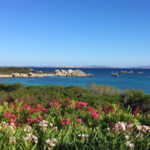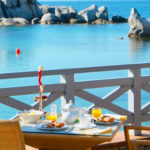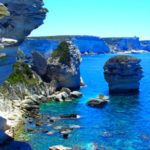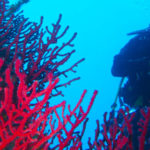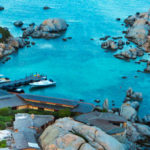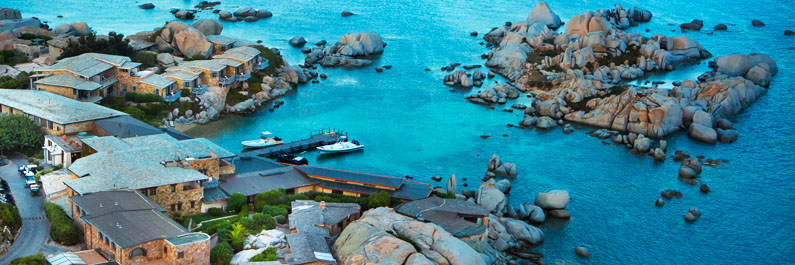
by IsHotel | Culture & History, Nature & Leisure Time, Travel in Corsica
Holiday in Corsica 2017: 5 inteesting facts about the magical island of Cavallo The island of Cavallo, as well as having a beautiful sea and enchanting panoramic views, is a magical place entwined with many interesting facts, legends and history. In this article we would like to share with you 5 interesting facts regarding the island of Cavallo, which will make your holiday in this incredible location in the southernmost tip of Corsica, even more fascinating! Interesting facts about the island: 1 – name impregnated by history The first curiosity is tied to the peculiar name of the island; the name “Cavallo” goes back to the II century a.C., when the ancient Romans used to arrive on the Corsican coasts to remove blocks of stone for the construction of temples in Olbia and Rome. The name “Cavallo” derives from the latin word “Cavus” which indicates the excavations of the ancient caves of Roman origin, and not the animal as many are wrong to think; with “cavallo” being Italian for horse. Interesting facts about the island: 2 – the artistic rocks Amongst the beauty of the island of Cavallo, we must add the enchanting artistic rocks of the location. The rocks are a true creative expression from mother nature; not only because they represent a distinctive area of the landscape but also as a result of the shapes and colours which define them. Interesting facts about the island: 3 – the ancient face of Jesus Amid the very particular rocks of Cavallo, one can also distinguish historical findings: as a matter of fact during the Roman...

by IsHotel | Culture & History, Dining Experiences, Lifestyle
Romantic weekend in Florence: Experience a Special St. Valentine’s day at Villa Tolomei Hotel & Resort Florence, besides being beautiful, is one of the most romantic cities in Italy; centuries of art, landscape of overwhelming beauty and the culinary tradition of excellence make it the perfect destination to enjoy a romantic Valentine’s weekend with the person you love. The ingredient to make your weekend truly special and passionate is to choose the right place for your stay : Villa Tolomei Hotel & Resort, located in a luxurious Renaissance estate on the Marignolle hills, encloses art, romantic views and high quality cuisine in a unique mix for your Valentine’s Day. Visit our website and discover the perfect offer for your stay! Romantic weekend in Florence: Breathtaking views for Valentine’s Day Villa Tolomei is the right choice for guests who want to enjoy abundant tranquility for a romantic getaway: in fact the hotel, located on the Marignolle hills, is detached from the city center and surrounded by typical Tuscan greenery (olive trees, vineyards, woodland ) that allows guests to live every moment in total privacy and intimacy. The location of the estate allows guests to enjoy a breathtaking view over the city of Florence and the vastness of the Arno Valley; the romantic views reach extensive levels of charm during sunset. At night, when Florence is painted with a myriad of lights , the show becomes an ideal setting for a candlelight Valentine’s dinner. Romantic weekend for Valentine’s day: love and art in the heart of Florence From Villa Tolomei it is easy to reach the historic city...
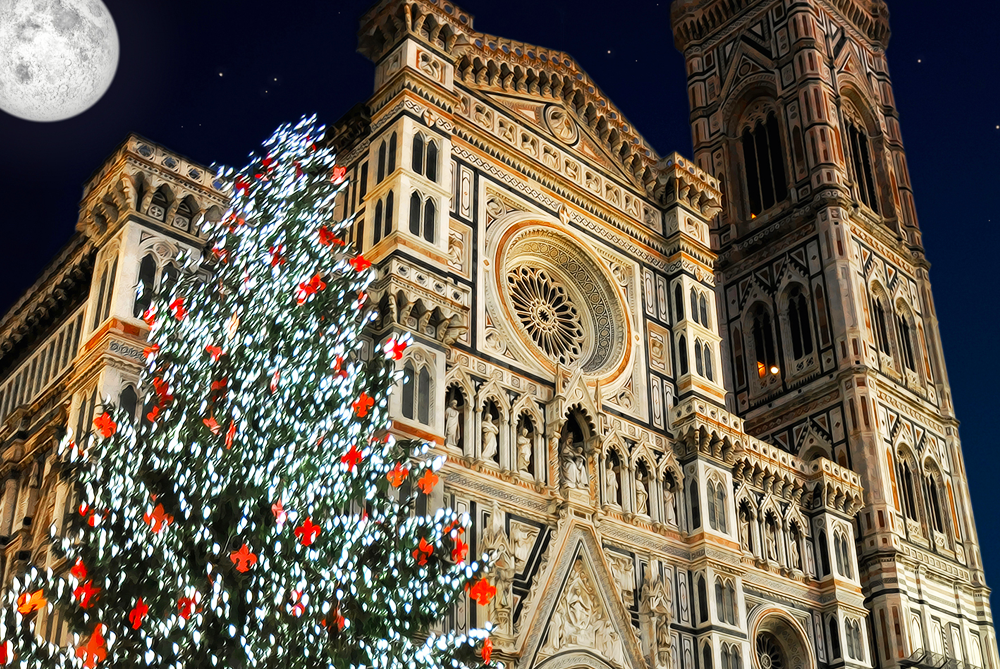
by IsHotel | Culture & History, Lifestyle
In Florence the traditional atmosphere of the holiday season officially begins at the beginning of December with the presentation of the traditional Christmas markets. The event is accompanied by a series of other Christmas themed events and activities not to be missed, if you are in the city of Florence during the Christmas holidays in 2015. Christmas holidays 2015 in Florence: German markets dates and times. This year from the 2nd to 20th December 2015 (dates and times: every day from 10am to 10pm) returns the much loved Weihnachtsmarkt, the traditional German Christmas market in the magnificent setting of Piazza Santa Croce. As every year, the center of the square is filled with the renowned colorful log cabins fitted with lights and Christmas decorations. In addition to decorations, items for the nativity scene and gift ideas, the promenade through the German chalet offers the opportunity to undertake a tasting journey among the delicacies and traditional products from Italy and many other European nations. Christmas holidays 2015 in Florence: Piazza Immacolata If you spend the holidays of the Immaculate Conception in Florence, as well as the unmissable markets, we suggest that you participate at the lighting of the big Christmas tree located in Piazza del Duomo: this event is considered a real ceremony as it involves the participation the mayor and other small connected events. Always in pizza del Duomo, every year the Nativity scene of the Opera di Santa Maria del Fiore is put on display; from 8th December until January 6th where it is possible to relive the moment of the Nativity through beautiful terracotta statues that...
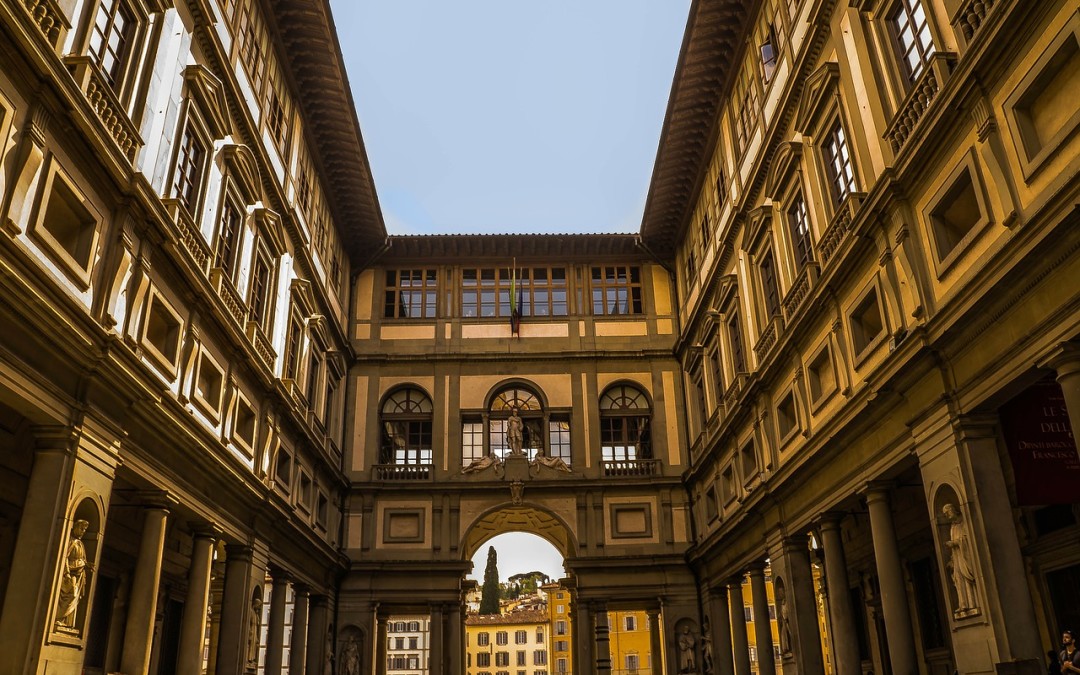
by IsHotel | Culture & History
“The Renaissance Rooms” For anyone spending part of a tour in Florence, visiting the Uffizi Gallery is a must. When we speak of the “Galleria degli Uffizi”, we refer to one of the largest art collections in the world and, in particular, to its masterpiece-rich painting gallery. The celebration of Florence begun under Cosimo I de’ Medici. In order to better control the city’s administration, Cosimo decided to accommodate the uffizi (offices) of the “Magistrature Fiorentine” (the city’s administrators, judiciary and guilds) in a single government building other than the Palazzo Vecchio, and which would eventually extend as far as the Lungarno. The political and military glory of Florence after the conquest of Siena had to be publicly acknowledged and, to this end, Cosimo entrusted the project for the construction of the Uffizi to one of the greatest artists of the time: Giorgio Vasari. To make room for the new building, Cosimo ordered the demolition of the old river port area, which included a working class neighbourhood. The huge U-shaped palace was to incorporate the ancient Romanesque Church of San Pier Scheraggio, a small area on the Arno and part of the Zecca Vecchia (the old Mint). Due to Cosimo’s tendency to economize on both material and human resources – he wanted even waste materials to be recovered and imposed servitude on certain workers -, Vasari had considerable difficulties in carrying out the project. Works began in 1560 and were completed in 1580 (after Vasari’s death in 1574, architects Bernardo Buontalenti and Alfonso Parigi took over), giving us this architectural and town-planning masterpiece of the late Renaissance. The construction...
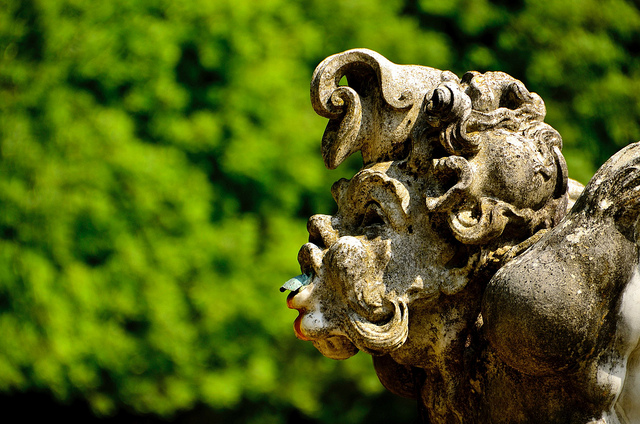
by IsHotel | Culture & History, Nature & Leisure Time
“The Garden of Wonders…” If almost every major city in Europe can boast an “historic park”, the Boboli Gardens are considered as the prototype of the Italian-style garden, and this notion that has influenced garden landscape design both in Italy and abroad. Moreover, the Boboli are a nonpareil example not only of the style of the Renaissance, but also of all the later styles that have shaped them and that contribute to their majestic aspect. The gardens surround the backside of the Palazzo Pitti, to which they are attached, and extend from there with such lavishness and spectacular perspectives that one is almost led to regard them as the perfect finishing touch completing the improvement works that the palace underwent after Eleonora of Toledo, wife of the Grand Duke Cosimo I de’ Medici, bought in 1549 from Luca Pitti, its previous owner. Covering a surface of about 45.0000 smq on the hill of Boboli, the gardens are connected, on the one hand, to the legendary “Vasarian Corridor” running between the Palazzo Vecchio and Palazzo Pitti and, on the other, to the Forte del Belvedere, a fortress built to protect the Medici family. Cosimo spared no pains to ensure that the beauty of the gardens reflected that of his wife Eleonora: over the course of time, 5 great architects were entrusted with the project. Niccolò Tribolo laid out the initial design but died just one year after the beginning of works. However, his design, which incorporated elements inspired by humanist philosophy, remained a point of reference for his successors, namely, in chronological order, Ammannati, Buontalenti and Giulio and Alfonso Parigi. The...
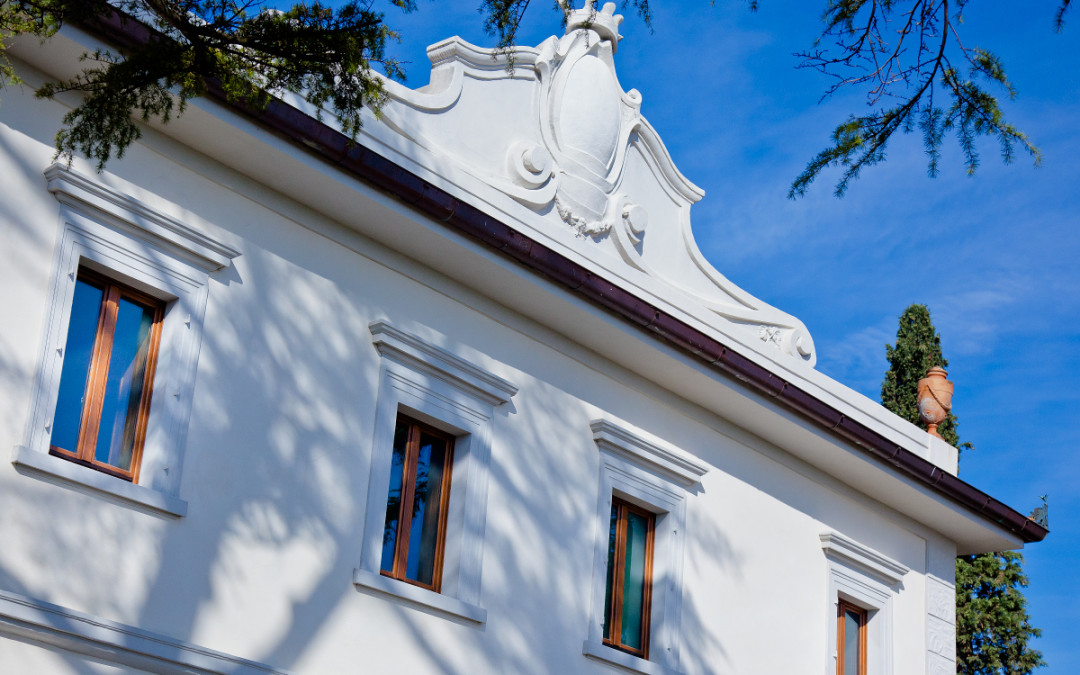
by IsHotel | Culture & History, The Collection
“Life in the Renaissance Countryside” While the centre of Florence is the focus and main attraction of international tourism, the hills overlooking the Arno Valley tell us about the most hidden side of Florentine humanism, that is, about aristocratic families, their villas and the economy that made Italy’s cultural and artistic Renaissance possible. Florentine villas are undoubtedly the symbol of an era that, on the one hand, saw the emergence and consolidation of the middle class as the driving force behind the beginning of the modern age and, on the other, revived classical antiquity while at the same time preparing the way for cultural and artistic development. The story we are about to tell you starts in the 14th century, is set southwest of Florence, and concerns the Tolomei family. Between the hill of Marignolle and that of Bellosguardo rises what used to be the home and estate of this noble family, whose members were guests of the “City of the Lily” and its Renaissance. After undergoing a tasteful and careful renovation that has given it a new lease of life and enabled its latest rebirth, Villa Tolomei, is now an exclusive resort at walking distance from the Ponte Vecchio. The redevelopment of The redevelopment of the villa (which run the risk of falling into a state of disrepair) as a hotel is the first outcome of the project “Valore Paese-Dimore”, promoted by the Agenzia del Demanio (Italian State Property Office), ANCI (Italian Association of Municipalities) and Invitalia (National Agency for the Promotion of Investments). It provides a successful and unprecedented example of the objectives pursued through the redevelopment of publicly-owned property...








